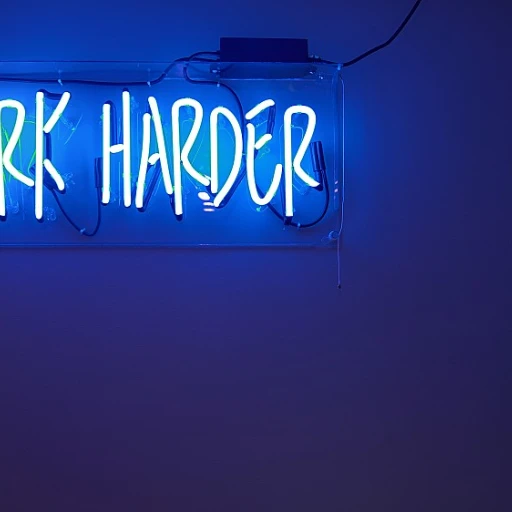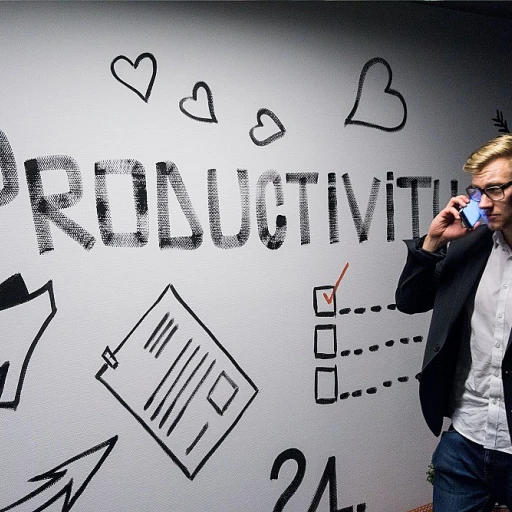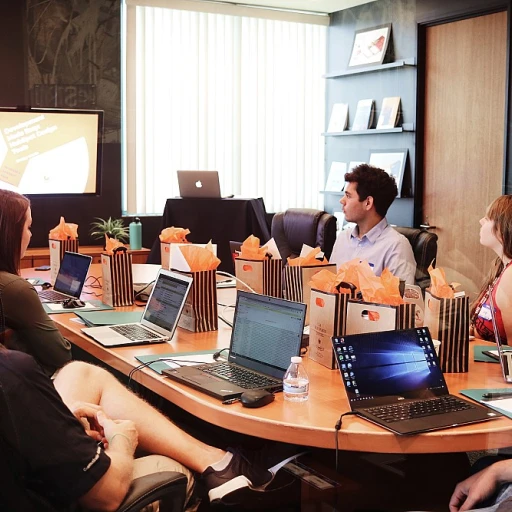
Identifying Common HR Training Process Problems
Exploring Common Challenges in HR Training
In the ever-evolving landscape of human resources, companies frequently encounter challenges in their training and development processes. As organizations aim to mold a highly skilled and engaged workforce, many find themselves grappling with a set of recurring challenges.- Lack of Consistency: Consistency is crucial for the onboarding process and employee engagement. However, inconsistencies in training can lead to varying skill levels among employees, affecting the overall employee experience and productivity.
- Inadequate Resources: Many companies struggle with limited resources, impacting the quality of training programs. This scarcity often hinders management's efforts to implement effective learning development initiatives.
- Resistance to Change: Change management is a common hurdle in training development. Employees and teams might resist new learning methodologies or training software, which can stall progress.
- Identifying the Skills Gap: Recognizing the precise skills gap in the team is vital. Yet, many organizations fail to accurately pinpoint these areas, leading to ineffective training initiatives.
- Time Constraints: Limited time resources can impact the depth and breadth of training, transforming what should be comprehensive programs into rushed and ineffective sessions.
Impact of Ineffective Training on Organizations
Consequences of Insufficient Coaching on the Workforce
The absence of effective training programs can lead to detrimental effects on a company's overall health and productivity. Without proper development initiatives, businesses may face several issues, especially when employees feel unprepared for their roles. Here are key problems that arise from ineffective training:- Decreased Employee Engagement: When employees do not receive adequate training and learning development, it can lead to disengagement. Feeling unsupported in acquiring necessary skills often results in reduced motivation and productivity.
- Increased Turnover Rates: The lack of solid onboarding processes and continuous development programs can lead to higher turnover rates. When top talent perceives a gap in skill development or inadequate resources for growth, they may seek opportunities elsewhere.
- Poor Performance Management: Ineffective training impedes performance management, resulting in teams that struggle with conflict resolution and fail to meet company goals. Employees may lack essential skills needed to perform efficiently, leading to unsatisfactory work quality.
- Negative Impact on Company Culture: An organization's culture is significantly affected by the training it provides. Without clear training programs, employees might not align with the company’s values, creating discord within the workplace.
- Prolonged Time and Resources: The need for continuous support and check-ins becomes more intensive, draining valuable time and human resources. This inefficient use of company resources can obstruct productivity and growth.
Strategies for Enhancing HR Training Programs
Optimizing HR Learning and Development Programs
Enhancing HR training programs is crucial for organizations striving to maintain a competitive edge and retain top talent. To effectively address the training challenges faced in the modern workplace, here are some key strategies that companies can adopt:- Personalize Training Programs: Tailoring training development to meet individual employee needs can significantly boost engagement and effectiveness. Personalized learning not only caters to different skill levels and learning styles but also ensures that employees feel valued and understood within the company culture.
- Foster Continuous Learning: Encourage a culture of continuous learning by implementing development programs that offer ongoing skill enhancement opportunities. This can include leadership development, conflict resolution, and employee engagement initiatives that help bridge the skills gap and prepare employees for future challenges.
- Utilize Modern Technology: Leverage software and digital resources to create interactive and flexible online training modules. These tools can accommodate various learning paces and allow employees to manage their own development, enhancing the overall employee experience.
- Incorporate Performance Management: Integrating training programs with regular check-ins and performance management systems can provide critical feedback loops. This helps employees apply what they've learned in real-time and adjust their approaches as needed, which aids in maintaining alignment with organizational goals.
- Enhance the Onboarding Process: Streamlining the onboarding process is essential for new employees to quickly acclimate and become productive team members. By embedding structured learning development within onboarding, companies can set a strong foundation for future growth and integration into the team.
- Encourage Cross-Departmental Collaboration: Facilitating communication and teamwork across various departments can provide a broader perspective and shared learning opportunities. This strategy fosters an environment of innovation and collaboration, improving the collective problem-solving capability of the organization.
Role of CHROs in Overcoming Training Challenges
Leadership's Role in Training Success
The Chief Human Resources Officer (CHRO) plays a pivotal role in addressing training challenges within an organization. As the top HR executive, the CHRO is responsible for aligning training and development programs with the company's strategic goals. This requires a deep understanding of the organization's needs and the ability to foster a culture that prioritizes continuous learning and development.
One of the primary responsibilities of the CHRO is to ensure that training programs are effectively designed and implemented. This involves collaborating with various departments to identify skills gaps and tailor programs that address these needs. By doing so, CHROs can help enhance employee engagement and retention, ensuring that top talent is nurtured and retained within the company.
Facilitating Effective Training Processes
CHROs must also focus on optimizing the onboarding process to help new employees integrate smoothly into the workplace. This involves creating a structured onboarding plan that introduces new hires to the company culture, policies, and expectations. Effective onboarding can significantly improve the employee experience and reduce the time it takes for new employees to become productive members of the team.
Furthermore, CHROs are instrumental in implementing performance management systems that support ongoing employee development. By establishing regular check-ins and feedback mechanisms, they can ensure that employees feel supported in their roles and have the resources they need to succeed. This proactive approach to performance management helps address potential issues before they escalate, fostering a positive work environment.
Leveraging Technology and Resources
In today's digital age, the integration of technology in training programs is crucial. CHROs must advocate for the adoption of training software and tools that facilitate learning development. These technologies can streamline the training process, making it more efficient and accessible for employees across different locations.
Moreover, CHROs should encourage the use of conflict resolution and leadership development programs to build strong, cohesive teams. By investing in these areas, companies can enhance employee skills and create a workplace where collaboration and innovation thrive.
Ultimately, the CHRO's leadership is essential in overcoming training challenges and driving the success of HR training initiatives. By focusing on strategic alignment, effective processes, and the integration of technology, CHROs can ensure that their organizations remain competitive and adaptable in a rapidly changing business landscape.











